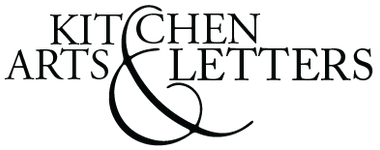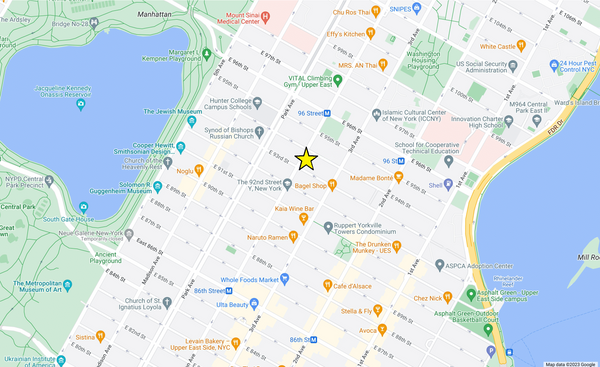Culinary Materials (Volume 3)
Shipping calculated at checkout
Historical rabbit holes, for those who are inclined.
These slender booklets from Historical Management Associates are the work of an organization dedicated to historical re-enactment in the UK. They are written with a stickler’s attention to historical precision and a conviction that nothing is too arcane to investigate. Some of the books are simple transcriptions of period manuscripts; others represent significant original research, as in Cattle Farming and Grazing Management, which is 52 pages long but cites 36 sources, many of them published in the 17th century.
The Food and Cookery in Elizabethan and Early Stuart England series presents a systematic survey of existing records of ingredients and equipment employed in the period. In addition to concise explanations of how such items might have been used and how they might have been significantly different from what is implied by current terminology, they include citations from various period and later records to demonstrate the geographic and class distribution of everything from hops to decorative tankards.
From the introduction to this volume:
“Culinary materials are the substances from which culinary equipment was made. This work covers the metallic materials in some detail and give a brief outline on the non-metallic materials.”
The metallic materials are classed broadly into predominantly copper alloys; predominately tin alloys; predominantly iron alloys; predominantly silver items; lead items; and the very trace use of gold, arsenic, nickel, antimony, bismuth, and zinc. Non-metallic materials covered include glass, stone, pottery, wood, hair, horn, bone, and fabric.
Staplebound pamphlet. 56 pages.



